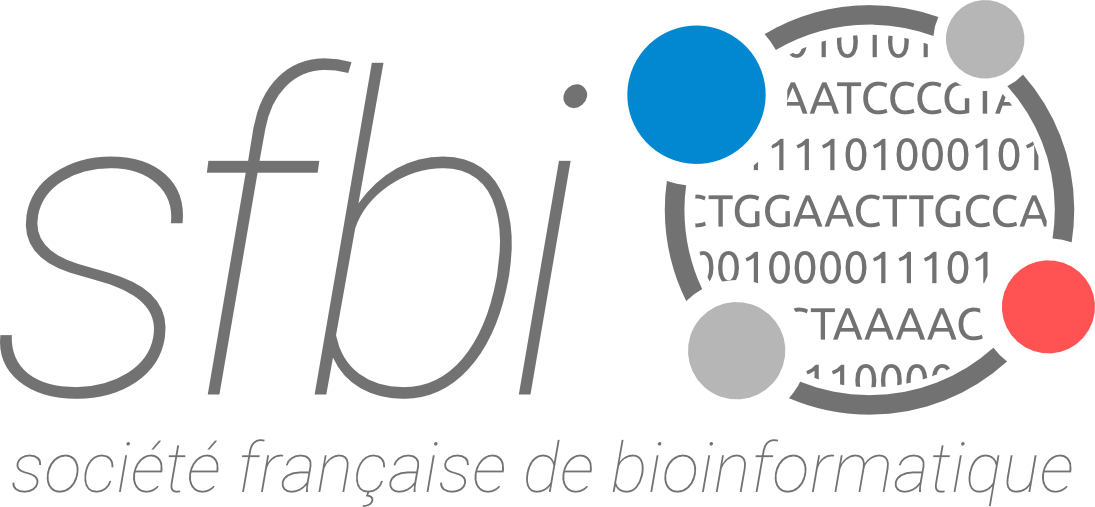Postdoc at SU - development of computational methods for mutational landscape reconstruction
CDD · Postdoc · 24 mois Bac+8 / Doctorat, Grandes Écoles Laboratoire de Biologie Computationnelle et Quantitative - LCQB · Paris (France)
Date de prise de poste : 1 janvier 2022
Mots-Clés
protein, mutation, sequence, structure, mutational landscape, genetic disease.
Description
We offer a postdoctoral position in the Analytical Genomics lab, at the LCQB in Sorbonne Université (SU). The goal of the project is to provide a proof of concept that for a given gene, using combined results of known synthetic biology, DNA-bar coding, NGS and computational biology, the consortium (SU, CIRI - ENS Lyon, IRMB – Université de Montpellier) can determine the pathogenicity of all variants generated by single nucleotide mutations.
Description. Monogenic diseases are due to mutations that can affect up to 4,000 different genes. Due to a substantial number of genes for which mutations trigger different diseases, more than 6,000 monogenic diseases have been characterized (https://www.omim.org/statistics/geneMap). The major roadblock in genetic diagnosis is the number of variants of uncertain significance (VUS). Identifying a VUS in a patient leaves the practitioner with no actionable diagnosis (decision to treat or search for an alternative diagnosis), leading to a stressful and costly diagnostic wandering and a loss of chance for the patient. By providing in vitro pathogenicity score and novel in silico predictions for each coding sequence variant described in a specific gene, this project should, ultimately, provide a way to greatly reduce the number of VUS.
We shall focus on a specific gene, MEFV: i) this gene carries a large proportion of VUS (≈50%) (despite intense studies on this gene and its variants since its discovery 25 years ago), ii) mutations of this gene can cause three different diseases: familial Mediterranean fever (FMF), FMF-like disease and Pyrin-Associated Autoinflammation with neutrophilic dermatosis (PAAND) with different inheritance patterns, iii) FMF is the most common hereditary autoinflammatory disease (AID) and MEFV gene is thus very frequently sequenced in AID patients. Importantly, the technological and computational approaches developed in this "proof of concept" project should be transferable to all the genes involved in genetic diseases for which functional assays exist or can be designed.
The postdoc will be involved in the in silico part of the project and will work in collaboration with the members of the consortium. (S)he will develop novel computational methods leading to the reconstruction of the protein mutational landscapes and the evaluation of protein mutations in multimeric proteins.
(S)he will apply her/his new tools to the study of the behavior of the multimeric protein Pyrin, coded in the MEFV gene. For Pyrin, we wish to decrypt the surfaces at the amino-acid residue level and gain novel insights into the mechanisms underlying the pathogenicity of the different variants. In addition to providing novel hypotheses on Pyrin functions and dysfunctions, a back-and-forth approach between biological data and in silico modelling is expected to improve the performance of in silico prediction of pathogenic mutations. Five computational approaches will be performed. Their aim is threefold and concern: i. the protein structure: the interaction of the different domains, the potential conformational changes of the protein and the identification of unstructured regions; ii. the interaction of the protein with other partners: the binding sites of the protein and the modelling of the physical interaction of the pyrin domains with known protein partners; iii. the reconstruction of the protein mutational landscape. Multiple potential novel insights generated by the five approaches were highlighted although fully unexpected hypotheses might emerge from the analyses:
1. Reconstruction of the landscape of phenotypic effects from evolutionary conservation and epistatic signals.
2. Prediction of protein interaction sites without knowledge of the partner.
3. 3D modelling and molecular dynamic simulations of the known pyrin protein partners.
4. Intra and inter-molecular analyses of the co-evolution of amino-acid residues.
5. Docking experiments.
Profile of the postdoctoral candidate: we look for a postdoctoral candidate from the field of bioinformatics, computer science or physics with an experience in protein structures and/or genomics.
General information on the scientific environment.
The Analytical Genomics team at LCQB works on various problems connected with the functioning and evolution of biological systems. We use mathematical concepts, coming from statistics and combinatorics, algorithmic (deep learning and optimisation) and molecular physics approaches to study basic principles of cellular functioningng from genomic data. Our projects aim at understanding the basic principles of evolution and co-evolution of molecular structures in the cell. They are intimately linked to each other. Applications are in medicine and environment. See www.lcqb.upmc.fr/AnalGenom/projects.html
The Computational and Quantitative Biology unit, SU-CNRS UMR7238, offers a multidisciplinary work environment made up of a part of experimentalists (genetics and synthetic biology) and a part of theoreticians (computer science, mathematics, physics), around several themes: evolution, genome and population dynamics, regulatory networks, structural bioinformatics, environment, modeling of complex biological systems, synthetic biology and protein engineering. Further information can be found at www.lcqb.upmc.fr
Sorbonne Université (SU, www.sorbonne-universite.fr) is a fully multidisciplinary research-intensive university, located in several campuses at the heart of Paris. Sorbonne Université covers all major disciplinary fields and offers transversal academic and research programs with three faculties: Humanities and Social Sciences, Medicine and Sciences & Engineering, bringing together the best talents in a wide array of these disciplines. With more than 55 600 students (among 10 200 international students), 4700 doctoral students and 6400 researchers, Sorbonne Université is one of the leading French universities.
Location: the Pierre and Marie Campus is located in the heart of Paris, the 5th quarter, in front of the Seine river.
Candidature
Procédure : Send a cv, a motivation letter and names of personalities that can write about your previous work.
Date limite : 30 avril 2022
Contacts
Alessandra Carbone
alNOSPAMessandra.carbone@sorbonne-universite.fr
Offre publiée le 19 octobre 2021, affichage jusqu'au 30 avril 2022
